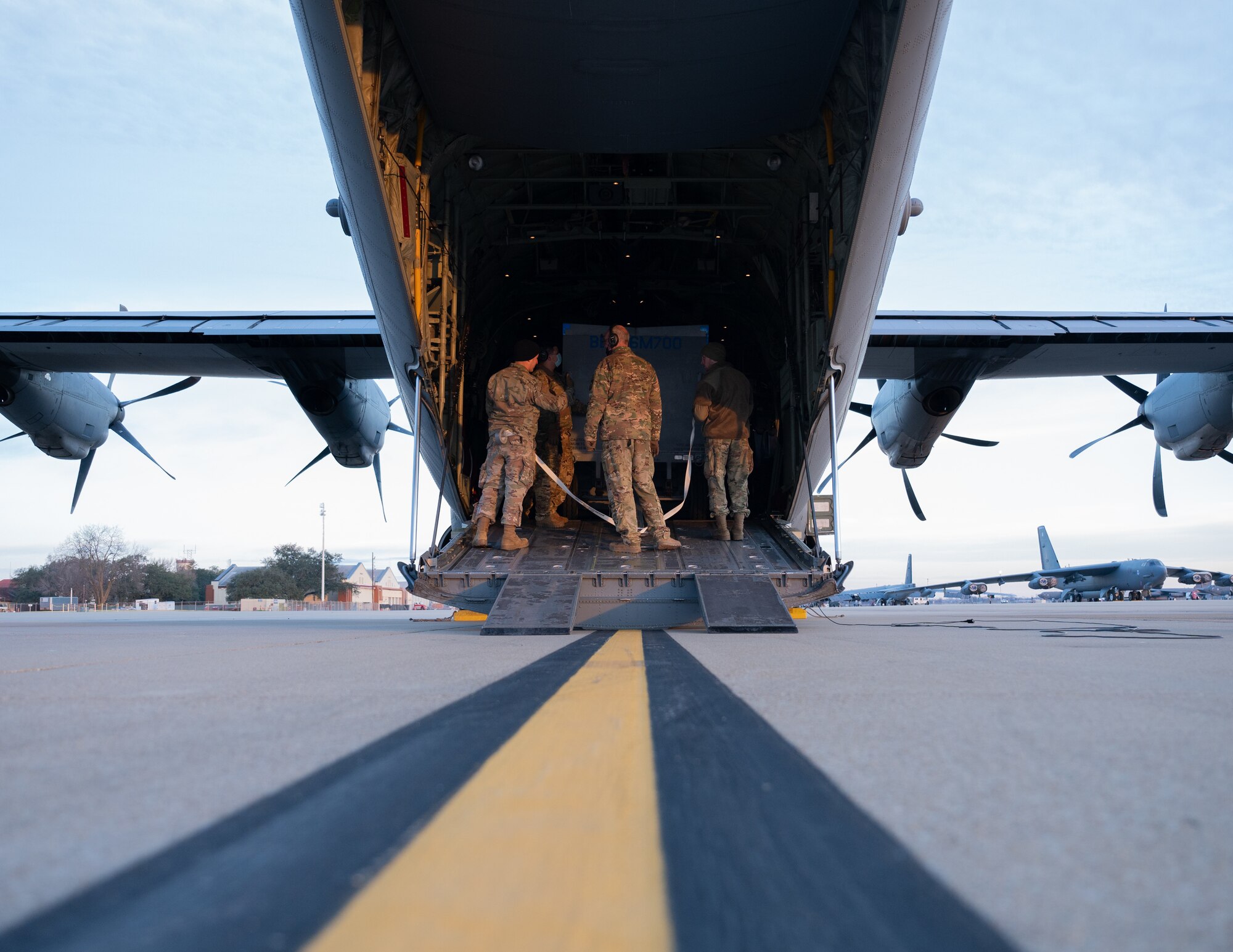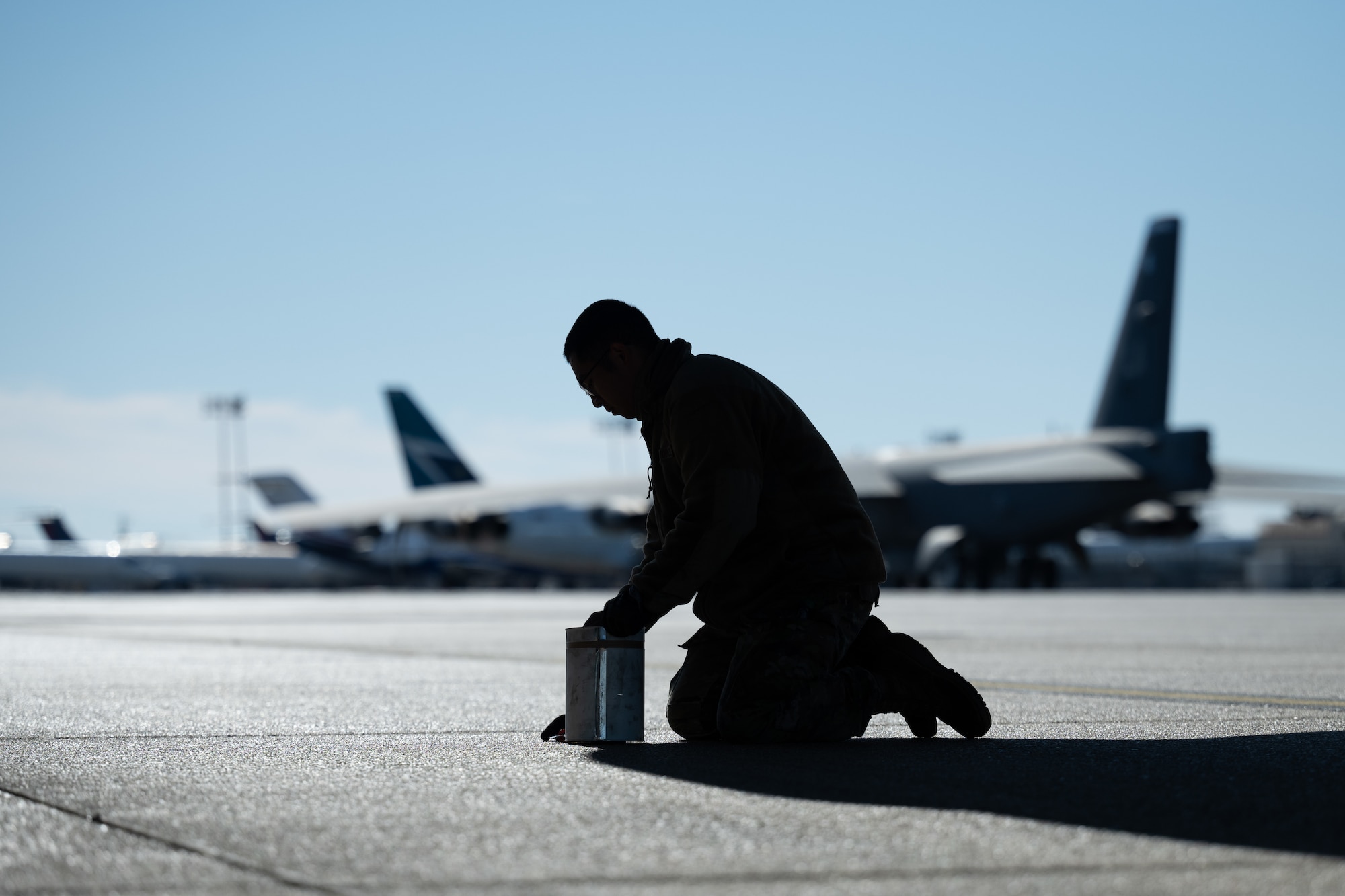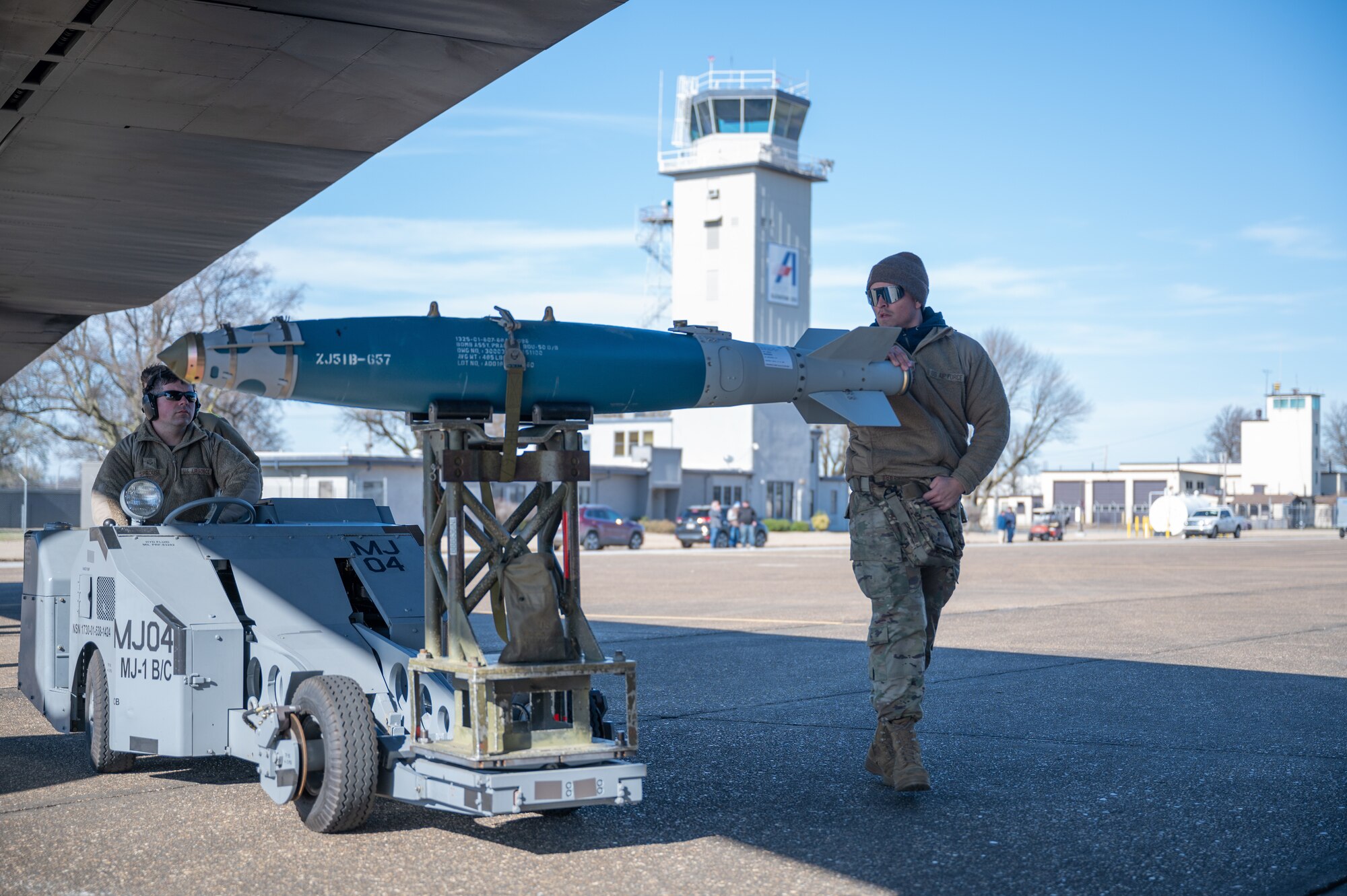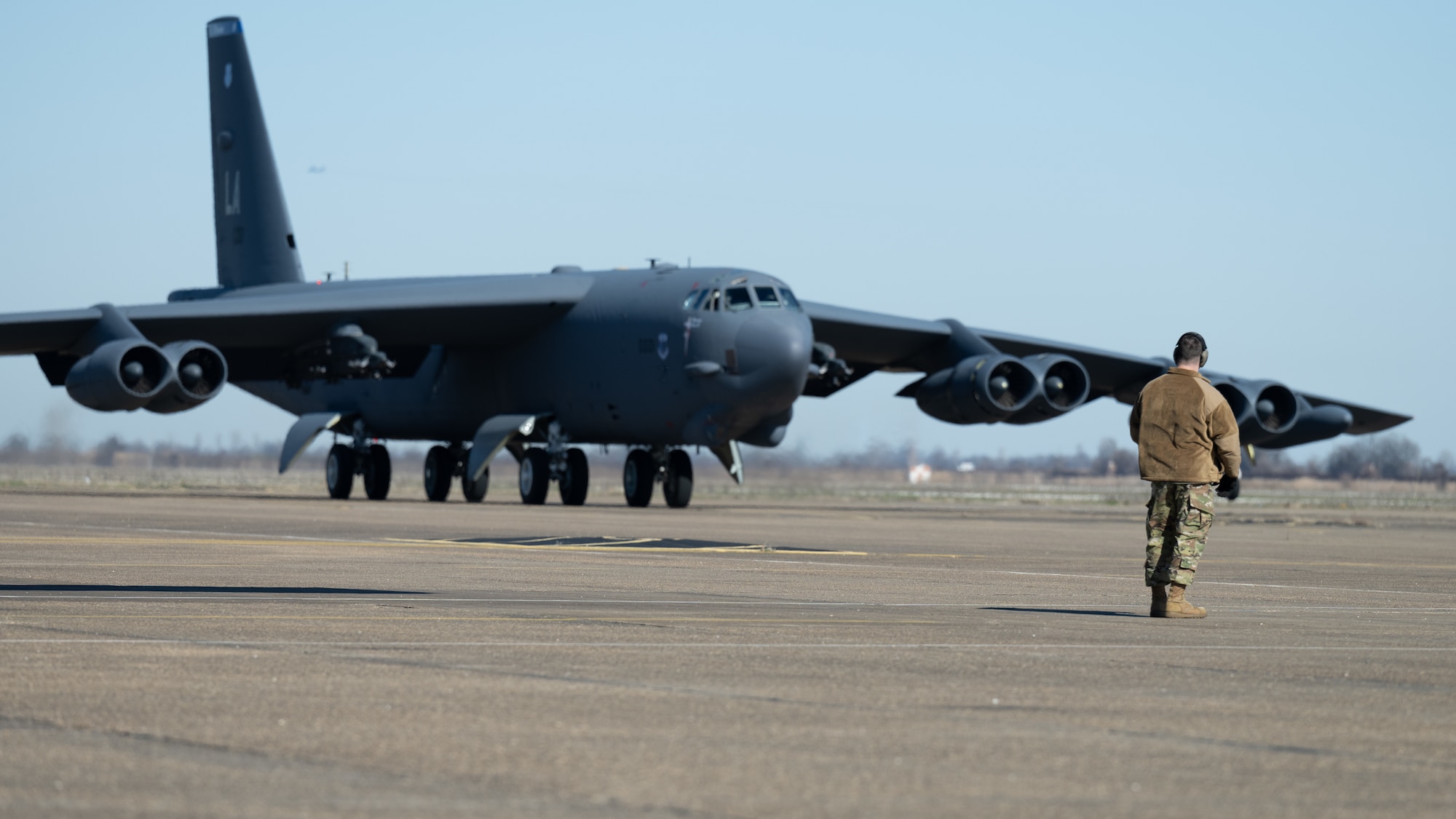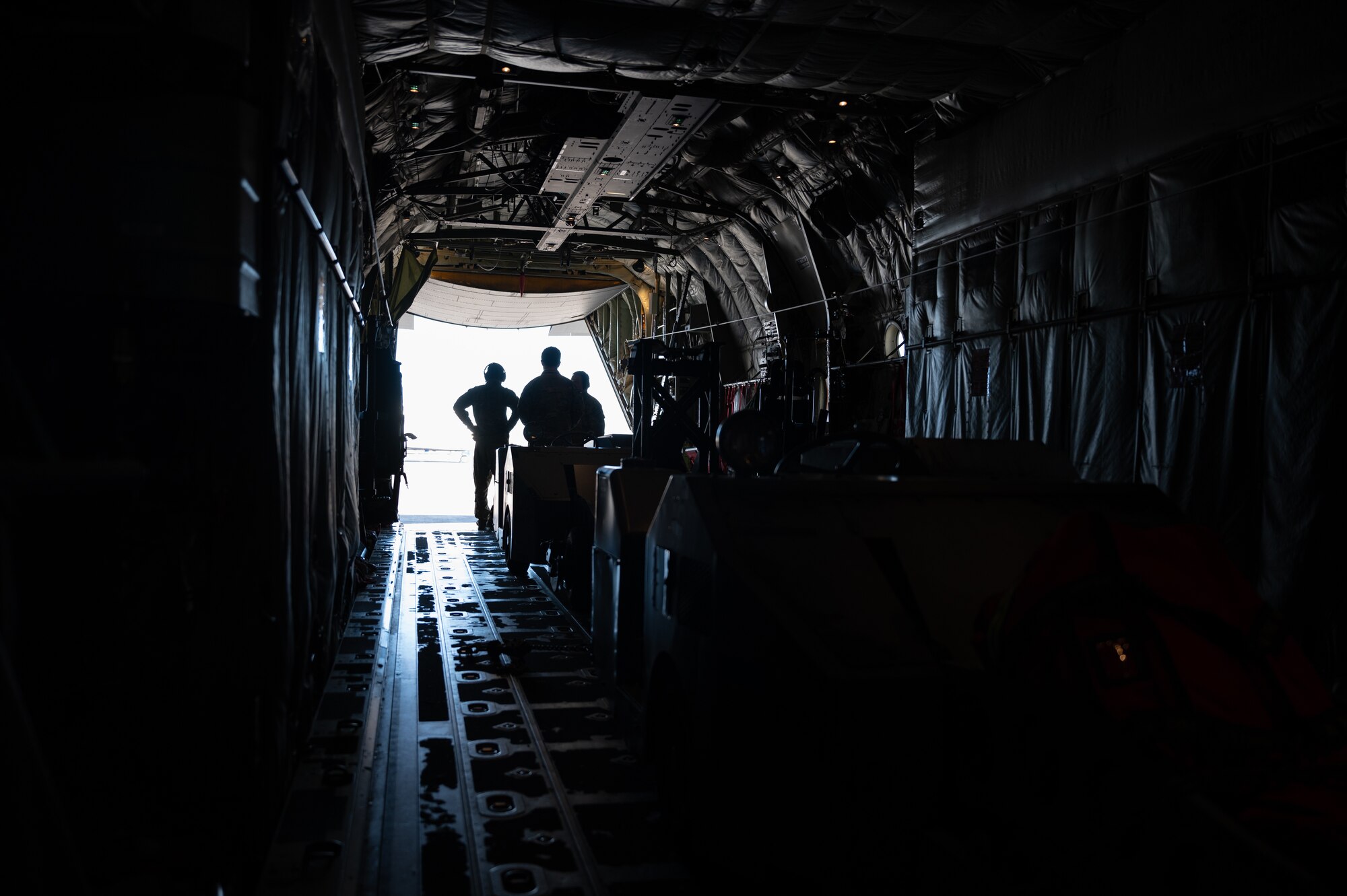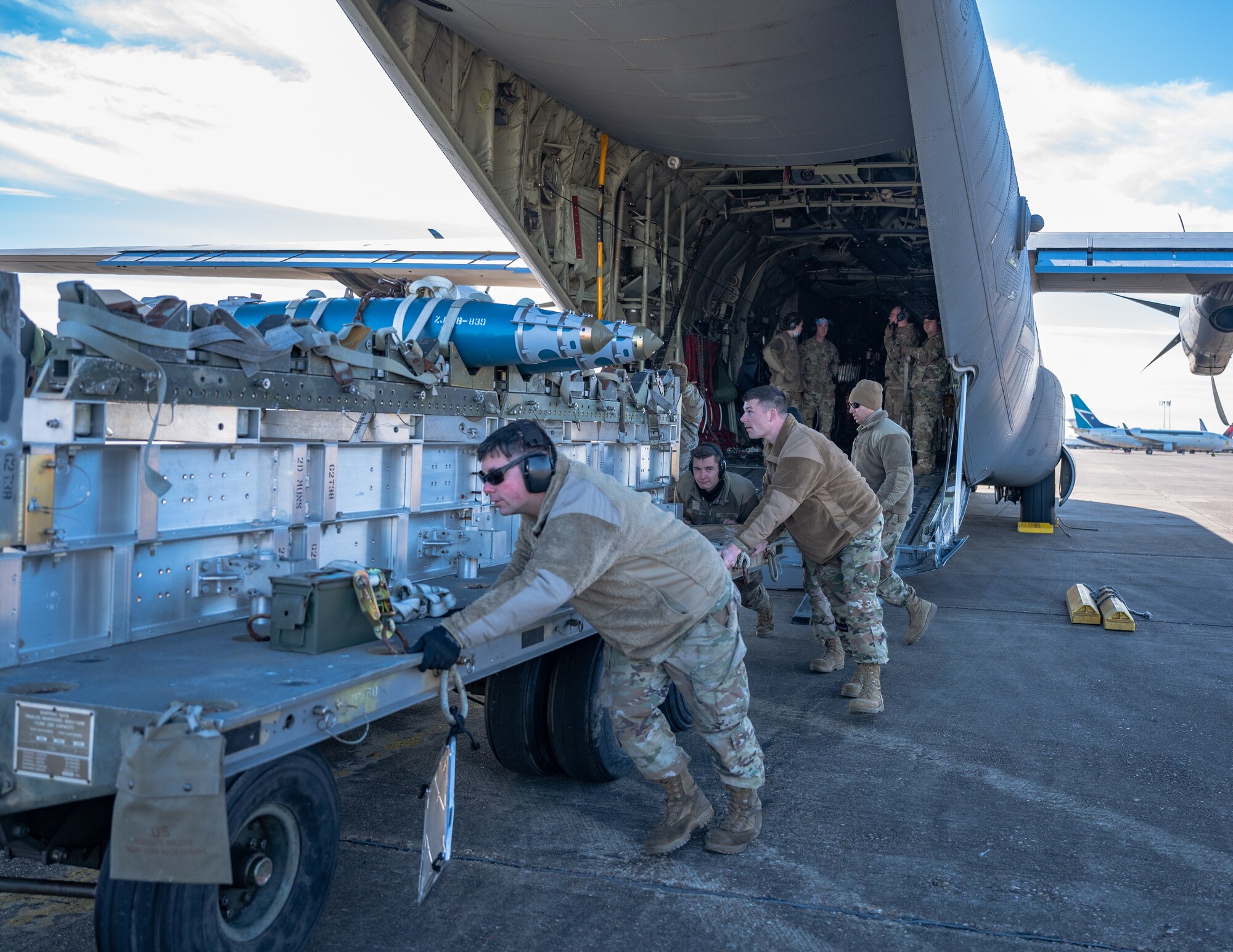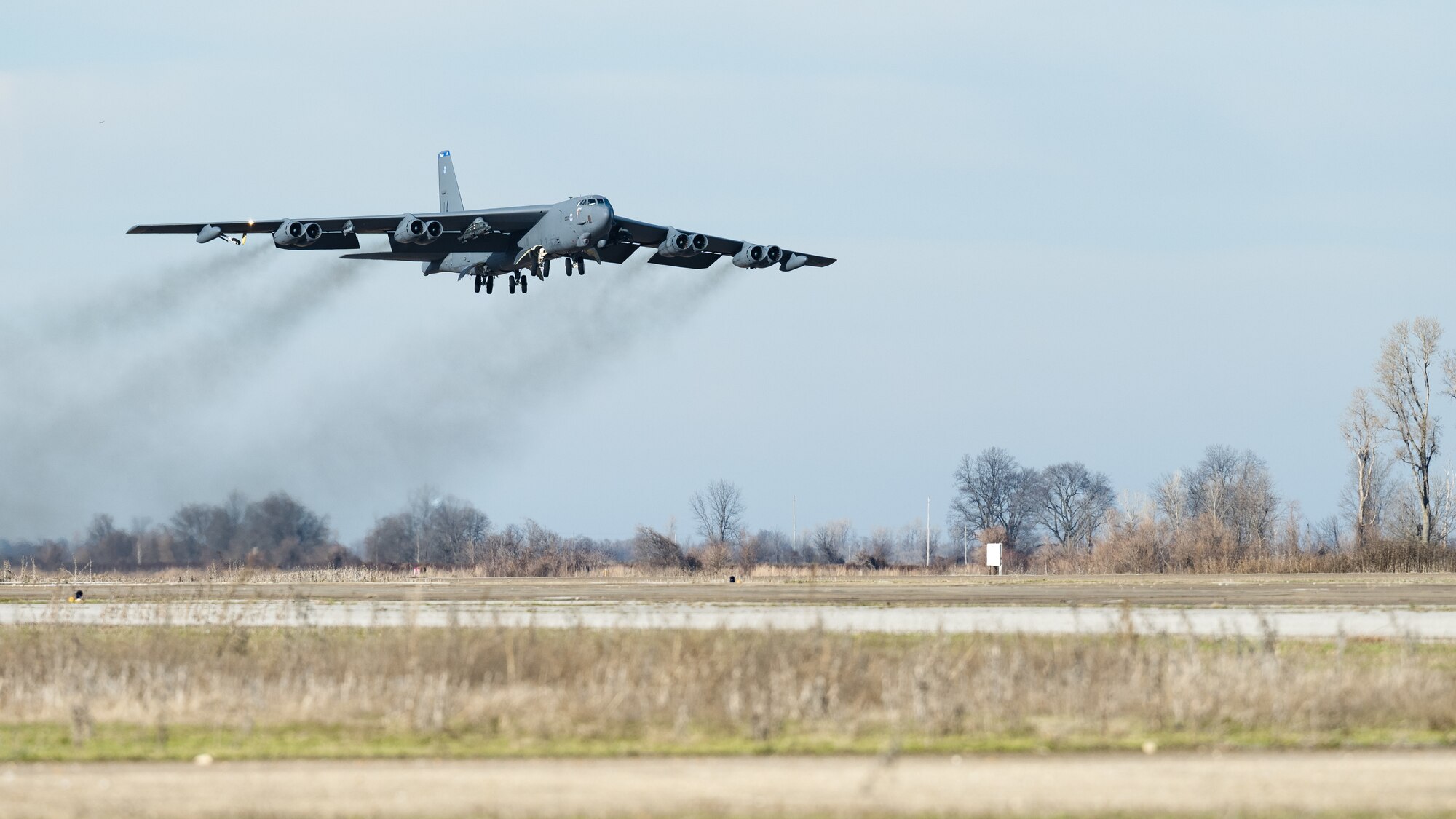-
Photo Details / Download Hi-Res
-
Photo Details / Download Hi-Res
-
Photo Details / Download Hi-Res
-
Photo Details / Download Hi-Res
-
Photo Details / Download Hi-Res
-
Photo Details / Download Hi-Res
-
Photo Details / Download Hi-Res
-
Photo Details / Download Hi-Res
' + '
' + '
SHOW PHOTO DETAILS
'; } else { caption += $(this).find('figcaption').html() + getDetailsURL($(this).parent()) + getDownloadURL($(this).parent()) + showFBShare(); } } else { if (isMobile()) { caption += '
' + '
' + '
' + '
' + '
' + $(this).find('figcaption p').html() + '
' + getDetailsURL($(this).parent()) + getDownloadURL($(this).parent()) + showFBShare() + '
' + '
' + '
SHOW PHOTO DETAILS
'; } else { caption += '
' + '
' + $(this).find('figcaption p').html() + '
' + getDetailsURL($(this).parent()) + getDownloadURL($(this).parent()) + showFBShare(); } } return caption; }, afterLoad: function (instance, current) { //initial desktop view $(".fancybox-caption__body").addClass("a2a_kit").addClass("a2a_default_style"); if (isMobile()) $(".fancybox-caption__body").addClass("mobile"); }, afterShow: function (instance, current) { var $currentSlide = $(".fancybox-slide.fancybox-slide--current").parent().parent(); if (isMobile()) $currentSlide.find(".fancy-detail-link").on("touchstart", function () { captionToggle(); }); }, afterClose: function () { } })); let debounceTimer; $(window).on("resize", function (event) { if (isMobile()) return; if ($(".af3-caption-body").length > 0 && $(".af3-caption-body").css("height") != undefined) { event.stopImmediatePropagation(); $(".fancybox-caption__body").removeClass("half"); isDesktopInit = false; captionToggle(); debounceTimer = setTimeout(function () { clearTimeout(debounceTimer); debounceTimer = null; recalculateImageSize(); }, 1000); } }); function recalculateImageSize() { // Fancy box miscalculates because of race conditions with new layout var origImgWth = $(".fancybox-image").prop("naturalWidth"); var origImgHgt = $(".fancybox-image").prop("naturalHeight"); var winWth = $(window).innerWidth(); var winHgt = $(window).innerHeight() var ratio = Math.min(winWth / origImgWth, winHgt / origImgHgt); var newImgWth = (origImgWth * ratio); var newImgHgt = (origImgHgt * ratio); var dstTop = Math.floor((winHgt - newImgHgt)) / 2; var dstLeft = Math.floor((winWth - newImgWth)) / 2; $(".fancybox-content").removeAttr("style"); $(".fancybox-content").css("width", newImgWth + "px"); $(".fancybox-content").css("height", newImgHgt + "px"); $(".fancybox-content").css("transform", "translate(" + dstLeft + "px, " + dstTop + "px)"); } function captionToggle() { if ($(".fancybox-caption__body").hasClass("af3-caption-body")) { $(".af3-caption-body").stop(true, false).animate({ height: "0vh" }, 800, function () { // Animation complete. closeDetails(); }); $(".fancy-photo-detail-link").html($(".fancy-photo-detail-link").html().replace("CLOSE", "SHOW")); } else { $(".fancybox-caption__body").addClass("af3-caption-body"); $(".af3-caption-body").addClass(detailSize); $(".af3-caption-body").animate({ height: displayhgt }, 800); $(".fancybox-caption").addClass("af3-caption-bg"); $(".base-caption-info").addClass("full-height"); $(".fancy-photo-detail-link").addClass("photo-detail-gradient"); $(".fancybox-button").css("display", "none"); $(".fancy-photo-detail-link").html($(".fancy-photo-detail-link").html().replace("SHOW", "CLOSE")); $(".fancybox-caption__body").prepend(prependClosing()); $(".closing-box, .closingx").on("touchstart", function () { captionToggle(); }); } } function getDetailsURL(fbObj) { return 'DETAILS'; } function getDownloadURL(fbObj) { return 'DOWNLOAD'; } function showFBShare() { return ''; } function closeDetails() { $(".af3-caption-body").removeClass(detailSize); $(".fancybox-caption__body").removeClass("af3-caption-body"); $(".fancybox-caption").removeClass("af3-caption-bg"); $(".base-caption-info").removeClass("full-height"); $(".fancy-photo-detail-link").removeClass("photo-detail-gradient"); $(".fancybox-button").css("display", "block"); if (detailSize === "half") { detailSize = "full"; displayhgt = "90vh"; $(".fancybox-caption").removeClass("desktop-init"); } } function prependClosing() { return '
' } });
- Published
- By Airman 1st Class William Pugh
- 2nd Bomb Wing Public Affairs
On Jan. 11-12, 2022, Barksdale executed an Agile Combat Employment exercise that sent two B-52H Stratofortresses to Blytheville—marking the first time the BUFFS have returned to the area since the closing of Eaker AFB, Arkansas, nearly 30 years ago.
Conducting the bomber ACE operations provided an opportunity for Barksdale Air Force Base, Louisiana, to apply and practice strategic maneuvers designed to operate not just at U.S. and ally military installations, but nearly any austere airfield worldwide.
A wealth of strategic options
A new age demands new strategies. The goal of ACE is to provide mobile, decisive counter attack options in order to be prepared for any contingency.
The defining factor in ACE is that it enables the U.S. Air Force to use nearly any airfield in the world as a temporary base to repair and rearm aircraft, greatly widening their threat range.
In a world of constantly shifting geo-political fronts, ACE provides a proactive approach to provide force multipliers to any combat theater.
The Pacific continues to cement itself as a region of escalating tension and opposing forces continue to grow their influence in the area. The pressure is on the U.S. and its allies to respond accordingly.
“How many small islands with 10,000 foot runways exist out there,” asked Capt. Adam Carr, 2nd Bomb Wing weapons officer. “That's the fight that the B-52 is preparing for.”
As such a flexible concept, ACE challenges predictability. Whereas heavy bombers were previously limited to military installations, integrating ACE enables them to appear nearly anywhere.
“By having a more lean and agile force that can deploy out of various locations, it makes us a much harder target for the enemy to strike,” said Carr.
Within a few hours, B-52s can land at a location, receive repairs, resupply and be back in the air before an adversary can pinpoint their location. With warfare innovations such as ACE, the U.S. Air Force limits the impact that enemies can have on those operations.
An Opportunity for Innovation
While the ACE deployment strategy is nothing new to the U.S. Air Force, adding the B-52 to the equation is.
The 5th Bomb Wing at Minot Air Force Base, North Dakota, recently executed the ACE concept in December of 2021, flying their bombers to Canadian Forces Base Shilo, Manitoba, then landing at Edwards Air Force Base, California, to be rearmed before returning to Minot AFB.
However, Barksdale’s approach was a little different.
Instead of a military installation, Barksdale rearmed it’s bombers at a rural airfield. With the help of two C-130 Hercules from Dyess Air Force Base, Texas, a small footprint of personnel and supplies were transported to assist the B-52s, mimicking what they would encounter in a real world situation.
“This is a directive from [Air Force Chief of Staff Gen. CQ Brown, Jr.] all the way down,” said Carr. “Through every level of the Air Force, we’re figuring out how we want to implement ACE.”
The concept has been experimented with in the bomber community since 2019 and began seeing integration in early 2020.
This ACE exercise also incorporated an innovative new communication kit called a GoComm. The communication kit is a project started by Senior Airman Jordan Heck, 7th Bomb Wing client systems technican, to provide seamless Wi-Fi internet communication in locations where not otherwise possible.
“This kit uses cellular or satellite commercial internet and from there we connect it to a high quality mesh Wi-Fi network,'' said Heck. “We can provide non-secure internet protocol router connection as well as software downloads that the aircrew might need.”
Aircrews conducting ACE operate in remote locations, where portable communication infrastructures do not exist. ACE requires resilient communication to function in denied, disconnected, intermittent or limited bandwidth environments. The GoComm assists with such capabilities.
Paying Tribute to a Legacy
Now serving as an Arkansas Aeroplex, the chosen destination for the ACE exercise was once an Army Airfield turned Air Force Base that housed many aircraft, to include the B-52H Stratofortress’ predecessor—the B-52G Stratofortress.
“This complex started as an army airfield back during World War II,” said Barrett Harrison, Arkansas Aeroplex president. “After the war, the airfield was closed. Then it was reactivated in the 1950s as an Air Force base.”
The installation was a critical asset throughout the Cold War. During the Cuban Missile Crisis, the 97th Bomb Wing went airborne, ready to retaliate should the crisis have escalated.
As the Cold War began to come to an end in the 1980s, discussions surfaced on the possible closure of the base as part of the post Cold War “Base Closure and Realignment Act.”
Military officials proposed renaming the base in commemoration of World War II General Ira Eaker, former commander of the 8th Air Force, with the idea that the name would prevent the base’s closure by appealing more to military leaders.
However, following the resolution of the Cold War in 1991, Eaker Air Force Base saw official closure in 1992 to reduce strain on defense logistics.
This is Barksdale’s first application of ACE, and as leaders imply, the first of many for the B-52. From Barksdale to Blytheville, no matter the scenario, the B-52 will continue to be a symbol of global deterrence, providing weapons on target, on time—anytime, anywhere.
